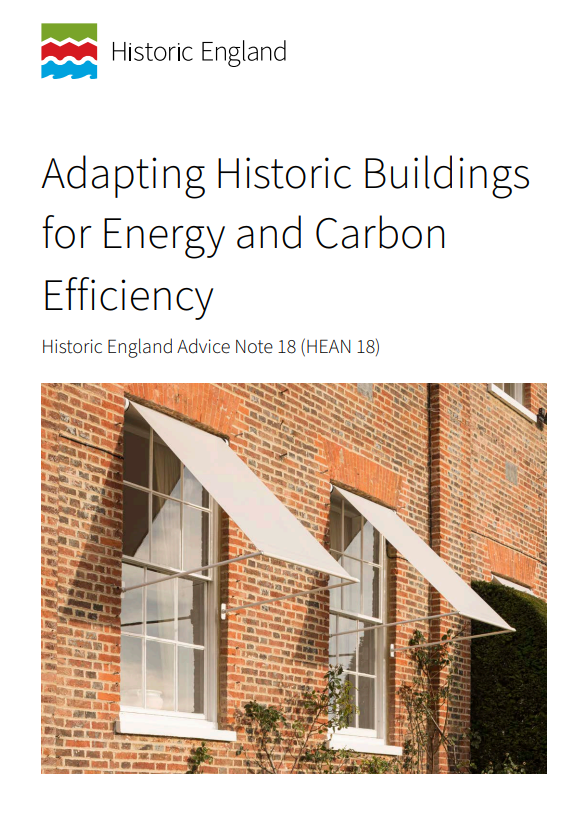Advice on permissions, planning, and other resources for adapting historic buildings for energy and carbon efficiency.
 As historic buildings continue to change and evolve, they need to contribute to a greener future and be fit for purpose for the people who live in, experience, and care for them. If done thoughtfully and carefully, changes to historic buildings can achieve the complementary goals of protecting our heritage and adapting to climate change. Keeping historic buildings in use, through sensitive repair, maintenance, and adaptation, can help to reduce carbon emissions, reliance on fossil fuels, and energy costs.
As historic buildings continue to change and evolve, they need to contribute to a greener future and be fit for purpose for the people who live in, experience, and care for them. If done thoughtfully and carefully, changes to historic buildings can achieve the complementary goals of protecting our heritage and adapting to climate change. Keeping historic buildings in use, through sensitive repair, maintenance, and adaptation, can help to reduce carbon emissions, reliance on fossil fuels, and energy costs.
Historic England's Advice Note provides:
- advice on what permissions, such as listed building consent, are needed for some of the common changes required to decarbonise and improve the energy efficiency of historic buildings.
- advice to assist local planning authorities – and other parties involved in the planning process – in determining proposals to decarbonise and improve the energy efficiency of historic buildings to enable positive climate action. Some typical building adaptations in response to climate change impacts are also included.
- signposting to other relevant information, advice, and guidance.
Whilst primarily aimed at a specialist audience (such as local planning authorities, heritage consultants, and those involved in the planning process), it will also be useful to building owners and occupiers.
Contents
- The need for climate action
- Climate action through adapting historic buildings: an approach
- Permissions and decision-making
- Climate action through adapting historic buildings: common interventions
- Glossary
- Abbreviations
